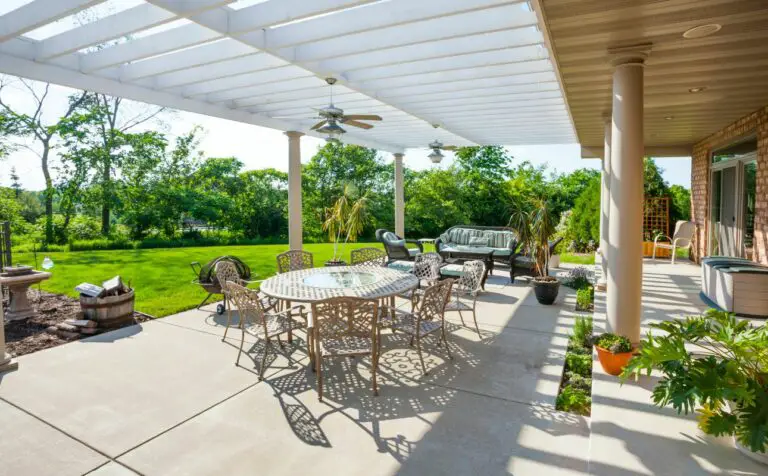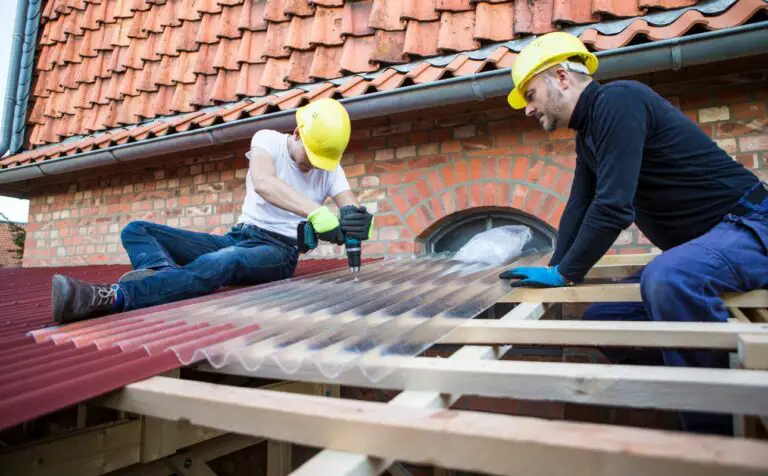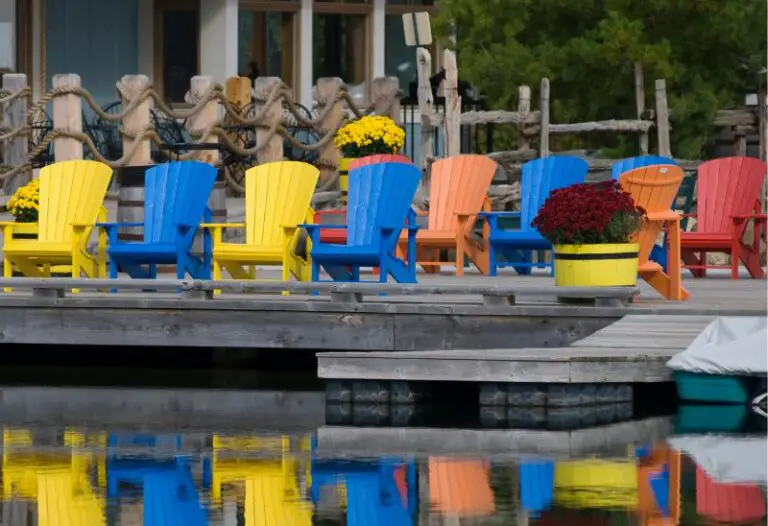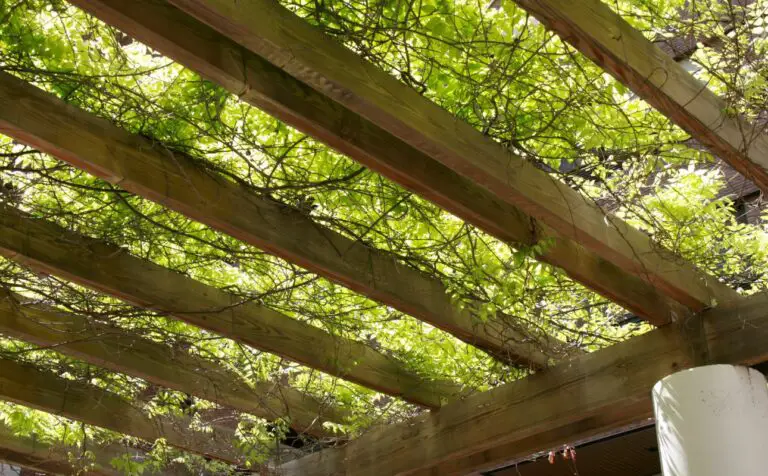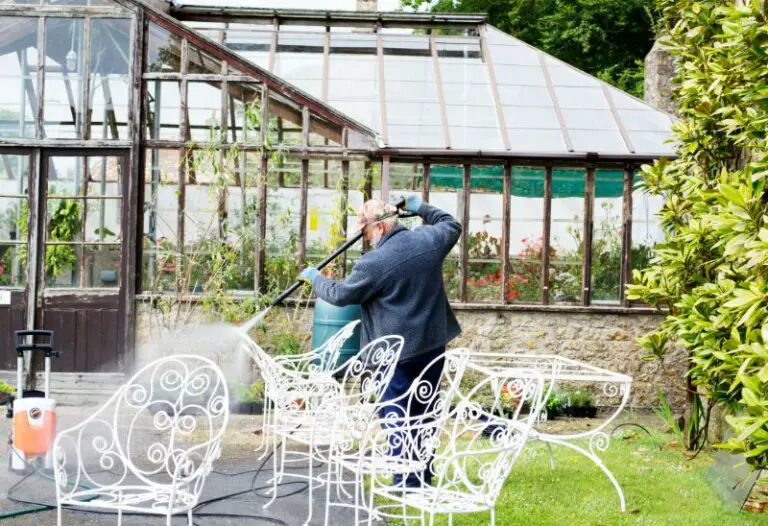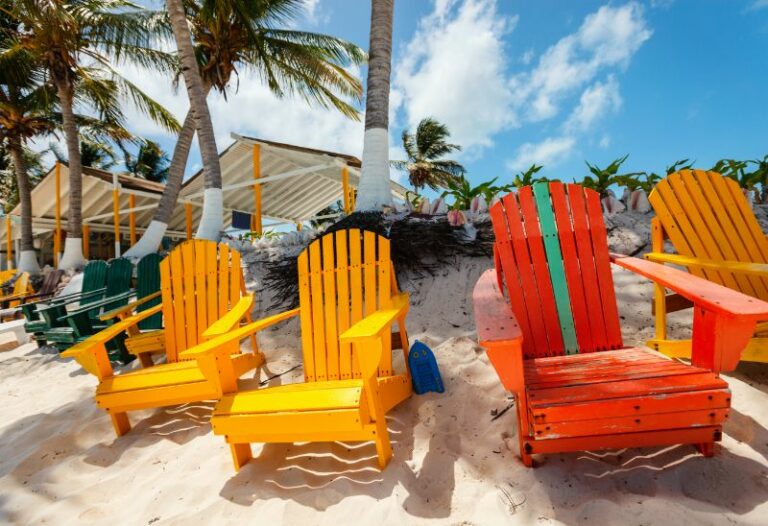Can A Pergola Be Freestanding? (Explained For Beginners)
A pergola is a popular outdoor structure that can add both functionality and aesthetic appeal to your backyard or patio. One common question that homeowners have is whether a pergola can be freestanding or if it needs to be attached to their home.
The answer is yes, a pergola can be freestanding, meaning that it can be built in a separate area of your yard without being attached to your home. A freestanding pergola provides versatility in terms of its placement and usage, and it can also increase the value of your property.
In fact, there are many benefits to having a standalone design. Keep reading as we explore what it means for a pergola to be freestanding and how it can enhance your outdoor living space.
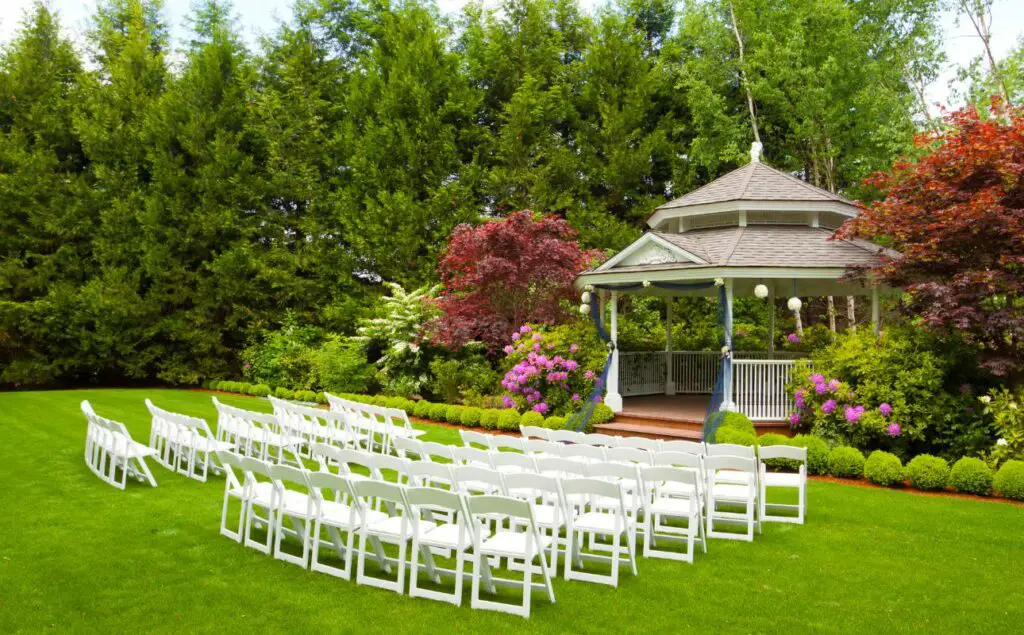
Benefits Of A Freestanding Pergola
A freestanding pergola is a versatile outdoor structure that provides numerous benefits to homeowners. Here are some of the key benefits of a freestanding pergola:
- Enhances Outdoor Living Space: A pergola creates a defined outdoor living area that can be used for dining, entertaining, or relaxing. It also adds aesthetic appeal to your backyard or patio.
- Provides Shade: A freestanding pergola provides shade from the sun, making it an ideal spot to enjoy the outdoors even on hot days.
- Increases Property Value: A well-designed and constructed pergola can increase the value of your property by enhancing its curb appeal and functionality.
- Offers Privacy: With the addition of privacy screens or drapes, a pergola can provide a secluded and intimate outdoor space.
- Easy To Customize: A freestanding pergola can be customized to fit your specific needs and style preferences, making it a unique addition to your home.
Choosing The Right Location For Your Pergola
Choosing the right location for your pergola is crucial to ensure that it provides the desired functionality and aesthetic appeal. Here are some important factors to consider when selecting the location for your pergola:
- A freestanding pergola can be placed anywhere in your yard where there is enough space for it without being attached to any structures.
- Think about how much sunlight and shade you want in different parts of your yard throughout the day. This will help determine which direction to face your pergola so that it provides optimal shade at desired times
- Consider what views are available from different areas of your property and choose one that showcases natural beauty such as gardens or water features.
Materials For A Freestanding Pergola
A freestanding pergola is not connected to any other structure and can be placed anywhere in your yard. This type of pergola provides more flexibility in terms of design and placement.
Before building a freestanding pergola, make sure to check with your local government regarding building permits. Some areas may require permits for structures over a certain size or if they are too close to property lines. It’s important to follow all regulations and obtain necessary permits before starting construction.
When comparing the cost of a freestanding versus an attached pergola, keep in mind that a freestanding structure may require additional materials such as posts and concrete footings for support.
However, this added expense can be worth it if you prefer the versatility and aesthetic appeal of a standalone pergola. Consider your budget and priorities when making this decision.
Designing A Unique Freestanding Pergola
When it comes to choosing the design of your pergola, you have endless options to choose from. You can opt for a traditional or modern style depending on what suits your taste.
One way to make your pergola unique is by incorporating intricate patterns into its design. This could be achieved through creative woodworking techniques such as carving or routing the wood.
Another option is adding decorative elements like hanging baskets or climbing plants to give your pergola an enchanting look.
When constructing your freestanding pergola, consider using unconventional materials like steel pipes or bamboo instead of conventional wood. Here are four fun ways to add some personality and charm to your freestanding pergola:
- Hang string lights: String lights not only provide adequate lighting but also add a cozy atmosphere when you’re enjoying time outdoors.
- Install retractable shade sails: Shade sails protect you from harsh sun rays while still allowing enough light in.
- Add colourful cushions: Cushions with bright colours and bold prints will liven up the space under your pergola.
- Incorporate water features: The sound of trickling water from fountains or small ponds creates a tranquil ambiance perfect for relaxation.
Remember, the goal is not just functionality but also creating an outdoor space that’s uniquely yours, one where family and friends can gather for many memorable moments ahead!
Installing A Freestanding Pergola
Building a pergola is an excellent way to add style and function to your outdoor living space. A pergola not only provides shade but also creates a defined area for entertaining or relaxing with family and friends.
When it comes to choosing the right type of pergola, freestanding options are worth considering. Pergola design has come a long way in recent years, and today’s freestanding models offer numerous benefits.
These structures can be installed anywhere on your property without needing to attach them to your home. This means you have more flexibility when designing your outdoor living area since you don’t need to worry about existing structures limiting where you can build.
When selecting a freestanding pergola, there are many options available to suit different needs and preferences. You can choose from designs that range from modern minimalist styles to traditional rustic looks, depending on the aesthetic you want for your backyard oasis.
Freestanding pergolas come in various sizes, so whether you have a small patio or expansive lawn, there is sure to be a model that fits perfectly into your space.
Maintenance And Care For Your Freestanding Pergola
Weather protection is another crucial factor in maintaining your freestanding pergola. Depending on where you live, exposure to harsh weather conditions such as extreme heat, rain, snow, or wind may cause damage over time.
Applying a protective coating or sealant regularly helps prevent water penetration that could lead to rotting or warping of the wood. To further protect your pergola from weather-related damages, there are other steps you can take:
- Keep plants trimmed away from the structure
- Sweep off debris that accumulates on top of it
- Cover it during winter months if possible
- Apply UV-resistant fabric awnings
- Use stainless steel screws
The Bottom Line
A freestanding pergola is a great option for those who want to add some style and shade to their outdoor space without having to attach it to an existing structure. The cost of a freestanding pergola can vary depending on the size and materials used, but it typically ranges from $500-$5,000.
One advantage of a freestanding pergola is that it can be moved easily if needed. It also offers more versatility in terms of placement and usage compared to an attached pergola.
Whether you want to use it as a carport or an outdoor living space, the possibilities are endless with a freestanding pergola.
